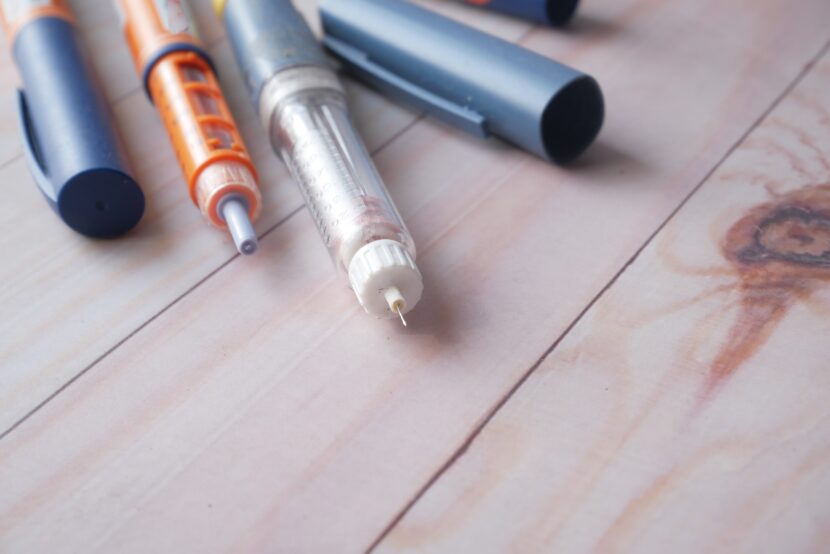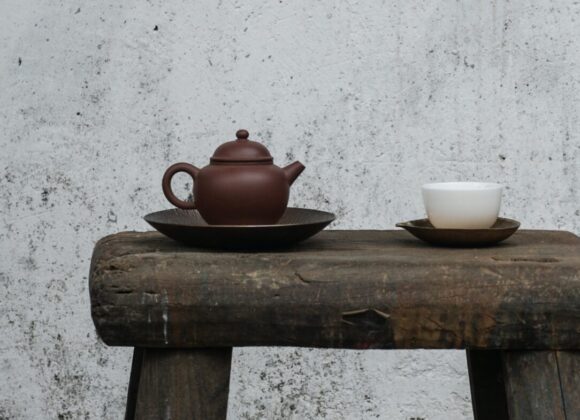Chaga is a polypore fungus that grows mainly on birch trees in cold climates. It is parasitic and grows on living trees. The fungal mycelium enters the stem of a mature tree through a crack or a wound in the bark, after which it starts to absorb and synthesize healthy compounds that we, humans, wish to consume. Chaga is famed for its various medicinal values and health benefits, like helping to regulate blood sugar and blood pressure. Let’s have a closer look at Chaga and its effect on diabetes.
Chaga is known to boost your metabolism, therefore helping the pancreas work more actively and produce more insulin. The fungus helps to balance blood sugar levels, by making the cells more receptive to the hormone. Due to its anti-inflammatory properties and high antioxidant levels, the fungus will help to keep your cells and organs from any further damage.
How does diabetes affect your body?
Type 1 diabetes
Type one diabetes is an autoimmune disease in which the body attacks and destroys the cells of the pancreas. The pancreas is responsible for producing insulin, which allows cells to absorb glucose from the blood and turn it into energy. Since you’ll be producing no insulin, the glucose remains in the blood, thus keeping your blood sugar levels high. Type 1 diabetes cannot be cured and those who suffer from the disease must inject insulin directly.
Type 2 diabetes
Type two diabetes is caused by insulin resistance, which is a metabolic condition. While the pancreas produces insulin, it’s either not working effectively or your body is not producing enough of it. Only a few decades ago it used to be considered “a disease of old age”, unfortunately nowadays, it has become a very common disease amongst different age groups. The cause of this is increasing unhealthy lifestyles.
Lack of movement, obesity, and a poor diet all increase the risk of developing type 2 diabetes. Although this is bad news, it also means that a change in lifestyle and taking better care of your health may help reverse insulin resistance or improve the course of the disease.
High blood sugar levels cause severe damage to the body, including your nerves and blood vessels, which eventually lead to problems such as impaired vision, diabetic foot syndrome, amputations. Diabetics also tend to suffer from kidney problems that may require dialysis. These are only a few of the possible negative consequences, meaning it’s extremely important to put in work and take care of your body to prevent, cure and manage the disease.
More movement, drastic changes in your diet, adequate amounts of water, and losing weight are the key elements to a healthier body.
How can Chaga help you with type 2 diabetes?
Chaga is known for stimulating the metabolism and therefore helps your pancreas produce more insulin. Whilst helping to make the cells receptive to the hormone once again. Which will assist the balance of blood sugar levels. Thus the mushroom will directly target the cause of type 2 diabetes – insulin resistance.
The mushroom’s anti-inflammatory and immune-boosting properties will protect all cells and organs in your body from any further damage, including the pancreas.
Chaga is also known for lowering blood cholesterol and triglyceride levels, which are associated with diabetes. It’s important to target these, as LDL cholesterol often leads to vascular damage and heart problems.
Chaga is a great natural treatment for this illness, as it helps in balancing blood sugar levels but does not lead to hypoglycemia (blood sugar levels that are too low and dangerous for the patient). Therefore consuming the mushroom infusions or products is considered safe.
Is there any benefit of Chaga for type 1 diabetes?
Since type 1 diabetes is an autoimmune disease and not curable, the Chaga mushroom does not have the same healing benefits. Regardless of that the fungus still has positive health effects. Protecting the other organs and cells and improving blood lipid levels can help reduce the progression of the disease.
The mushroom is also known to help balance blood glucose levels and prevent additional insulin resistance. Chaga will not be able to assist you in curing type 1 diabetes but it is possible that you can start using less insulin due to the health effects of the fungus.
Diabetes is a disease that may have severe consequences, but it can be well managed if you adhere to the guidelines. Even if you are incorporating Chaga into your diet, it is important that you adopt a healthy lifestyle, move your body, and change out your diet.
How to consume Chaga?
Raw Chaga technically does no harm but Chaga tea should be brewed with dried Chaga chunks or powder. Moisture causes Chaga to lose its nutritional value once harvested from a tree. Being easily exposed to mold, you’ll need the fungus to be dried for a longer shelf-life, in order to risk any health hazards accruing from improper storage.
Chaga loses some of its nutrients when boiled but heating, on the other hand, expands the cell walls of the Inonotus obliquus. Which allows for more nutrients to become bioavailable and produce a stronger healing potion. So the key to a good Chaga tea is letting it simmer and steep over a longer period of time.
RELATED: Does boiling Chaga ruin it?
Chaga mushroom infusions
1. Hot water extraction│Chaga tea
Hot water extraction is the most common, easiest, and cheapest method to prepare Chaga. Just like the traditional tea-making process, Chaga chunks or powder are steeped in hot water for a period of time, strained, and then drunk as tea.
When using this method, all the water-soluble components, such as the polyphenols and beta-glucans, will be present in the resulting extract. However, water-insoluble components, such as phytosterols, and betulinic acid will be missing. If somebody’s debating you on the taste of Chaga, keep in mind that a long brew tea from the nuggets tends to taste sweeter.
2. Double Extraction│Chaga Tincture
Like with all tinctures, alcohol is used as the soaking agent for Chaga infusion. The mushroom is combined with alcohol and soaked for a set period of time, quite often months. Once it’s ready, the Chaga is removed, leaving a concentrated extract.
Generally, there is no heating or cooking involved. However, with fungi like Chaga, heating releases more nutrients and benefits. Recipes that include heating the Chaga are considered stronger, more potent options.
How much Chaga should you consume?
Generally talking, a cup or two of Chaga tea in a day is good for boosting your health. When dealing with a serious health concern, we’ve heard people drinking up to six cups of tea daily. Make sure to monitor your blood sugar levels vigorously when you first start consuming Chaga, to see how it affects your body and which changes you should make when it comes to insulin and the amount of the Chaga products you consume.










